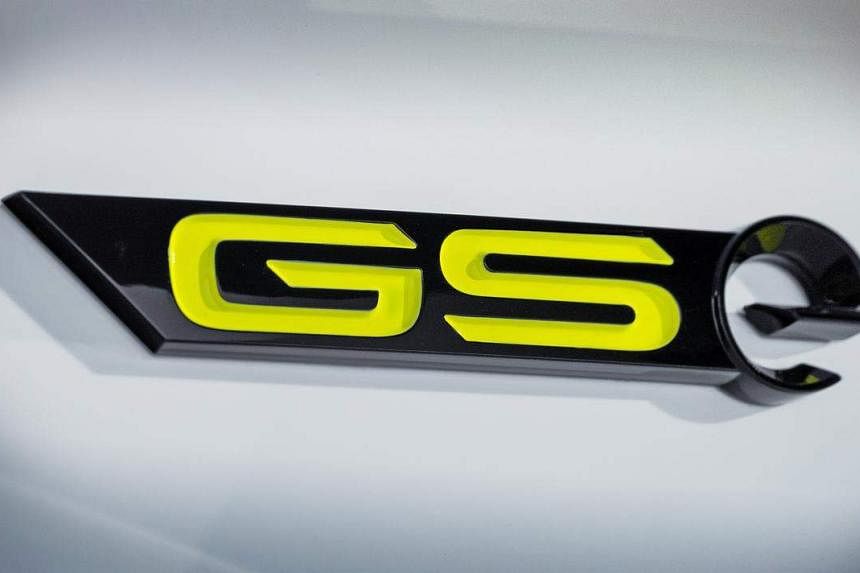Ferrari Purosangue does not stand tall
Do not call its new Purosangue a sport utility vehicle (SUV), says Ferrari. It has a point. The four-door, four-seater is not quite tall enough to be one.
The car is 4,973mm long, 2,028mm wide and merely 1,589mm tall – making it lower-slung than most compact and large SUVs, including Tesla’s blobbish Model Y. It has a ground clearance of 185mm, which is less than what a modest compact crossover like the Honda HR-V has.
Resembling a modernised, repurposed Ferrari FF, the Purosangue is fairly spacious. It has a 3,018mm wheelbase and a 473-litre boot. The car is powered by a front-mounted 6.5-litre normally aspirated V12 making 725hp and 716Nm, allowing it to hit 100kmh in 3.3 seconds and exceed 310kmh.
There is a new variable suspension system – the first to have electric motor-assisted dampers. The car is slated to arrive in the first quarter of 2023 and prices are estimated to start from $1.4 million before certificate of entitlement.
Inchcape offers flexible leasing plan
Multi-brand dealer Inchcape Singapore’s fully-owned used-car business turns one next month. To mark that, it is launching a flexible leasing plan, which allows drivers to upgrade to another model or switch their leased vehicle to purchase another vehicle in its fold with no penalty. Usually, leasing plans come with fixed tenures and charges are applied if they are cut short.
308SW is first European electric wagon

Peugeot has unveiled its electric 308 and 308SW. Powered by a 115kW motor with a 54kWh battery, the cars have a range of up to 397km. The 308SW is the first European electric wagon.
With an on-board three-phase 11kW charger, both models can accept external chargers of up to 100kW, which will power the battery from 20 to 80 per cent in less than 25 minutes. It is not known when the cars will arrive here, if at all.
You won’t pass out in an F1 car
The average person can well withstand G-forces exerted by a Formula One car, says Dr Peng Chung Mien, a pioneer in aviation medicine. For an untrained person, tolerance can range from 20 G’s for less than 10 seconds to 10 G’s for a minute.
F1 drivers usually experience up to 5 G’s while braking, 2 G’s while accelerating, and 4 to 6 G’s while cornering, all these within seconds. The neck will bear the brunt because a 6.5kg helmet will produce a load of 26kg during 4 G turns.
The record for peak horizontal G-force tolerance is held by acceleration pioneer John Stapp, in a series of rocket sled experiments culminating in a test in late 1954, in which he was clocked at a little over a second at a land speed of Mach 0.9. He clocked a peak acceleration of 46.2 times the acceleration of gravity and more than 25 G’s for 1.1 seconds – proving that the human body is capable of this.
Stapp lived another 45 years to age 89 without any ill effects, notes Dr Peng, who is the group chief executive of Farrer Park Co.
Ford’s latest electric van can carry 1,100kg

Ford’s new E-Transit Custom is the electric vehicle successor to Europe’s best-selling van. It offers over-the-air software updates and a range of up to 378km, accepts 125kW chargers, and has a class-leading towing weight of 2,000kg and payload of up to 1,100kg.
Seminar for tips on dealing with road emergencies
The Automobile Association of Singapore is holding a seminar titled Emergency Preparedness On The Road at 2.30pm on Saturday at level 5 of the AA Centre (2 Kung Chong Road). Co-organised with the Traffic Police, Singapore Civil Defence Force and Singapore Road Safety Council, the event aims to educate motorists on the importance of vehicle maintenance to reduce risks of vehicle fire and giving way to emergency vehicles, as well as impart knowledge of core life-saving skills and essential emergency procedures.
Opel to offer electric performance models under GSe nameplate

Opel is reviving its performance GS nameplate and hiving it off as a new electric sports sub-brand called GSe, which stands for Grand Sport Electric. The brand – which offers sports design, sports handling and electrified powertrains – is committed to being electric-only from 2028 and offering an electrified version of every model on sale by 2024.
GSe and its vehicles will sit on top of the Opel range, which currently includes electric versions of the Corsa, Mokka, Combo and Vivaro. They will soon be joined by battery-powered versions of the Astra and Astra Sports Tourer.


